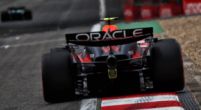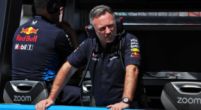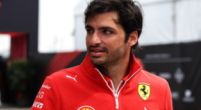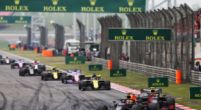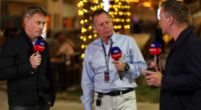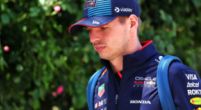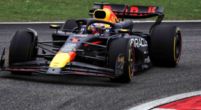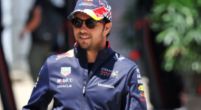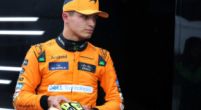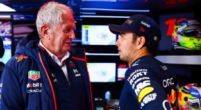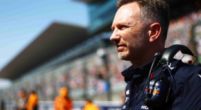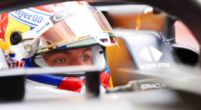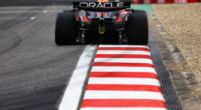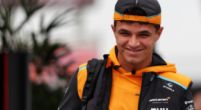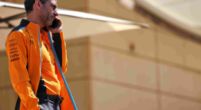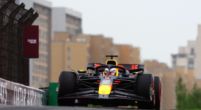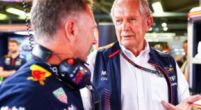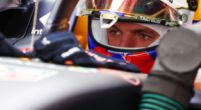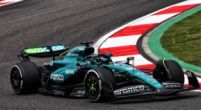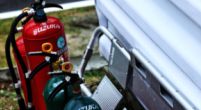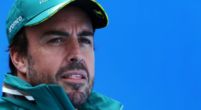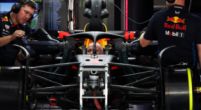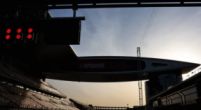F1 News
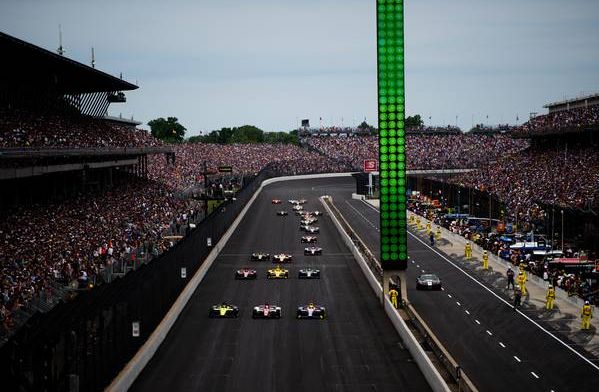
'IndyCar's aeroscreen stronger than Formula One's halo device'
After successfully completing its first test earlier this week, IndyCar's new 'aeroscreen' is thought to be able to take more impact than the halo device which has been in Formula 1 in 2018.
This is claimed by Red Bull Advanced Technologies, the developer of the aeroscreen, after the new safety structure around the cockpit was tested at Indianapolis by IndyCar drivers Scott Dixon and Will Power.
One of the biggest concerns for the screens was the possibility of fogging on the windscreen during wet races, but there is a solution for this that sits well with the drivers.
Aeroscreen Day 1 pic.twitter.com/LAfZYdFERj
— NTT IndyCar Series (@IndyCar) October 2, 2019
"They've got a heated screen for the fogging because I think that's actually worse than the water on the screen," Power was quoted by Yahoo! Sports.
"But [products like] Rain-X or wax, there's things you can make so it [rain] just beads off.
"That's something they'll have to test, but I think if it doesn't fog, it should be not bad."
After the halo's successful introduction in 2018, IndyCar have been working on a similar safety precaution for their cars as well. Now, with the 2019 season having come to an end after Josef Newgarden took the title, testing has begun for the aeroscreen. The aim is to have it implemented for next season.
Results and benchmark tests have been positive so far, as Red Bull Advanced Technologies' commercial development officer Andy Damerum claims aeroscreens will be able to take bigger hits than the halo.
"We've adopted it [F1's halo], however, the forces which this device [the aeroscreen] or the hoop will take is 150kN [kilonewtons]," he explained during the testing day at Indianapolis on Wednesday.
"So I think that at the moment [the aeroscreen can absorb] more than the F1 halo. 150kN this will take."
With the halo having been tested with up to 112 kN, this would mean a significant leap forward in safety for drivers.


